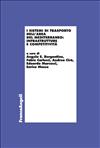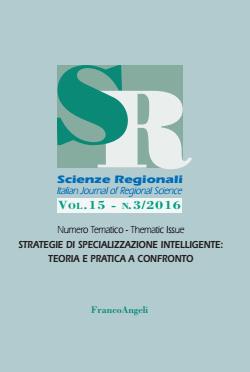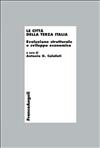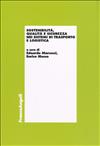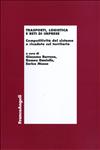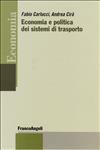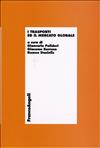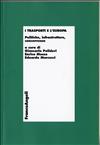Objectives Emilia Romagna is one of the largest and richest regions in Italy. Its development model and its spatial organization have raised much interest in the scientific as well as in the political debate. This region, in particular, shows a very clear-cut urban polycentrism, with most of the major cities being located along Via Emilia. The aim of this paper is to investigate the relation between urban and regional development in Emilia Romagna, in order to assess the role that each city has played in the long-run economic trajectory of this region. Methods and Results To gain a better understanding of the relation existing between urban and regional development, the long-run trajectories of the region’s major urban systems have been analysed comparatively, following a local development economics approach. The underlying idea in this paper is that regional development results from the sum of the local systems’ economic performances. In this perspective, the analysis has highlighted two stylized facts: firstly, a small number of relevant urban systems explain the bulk of the regional population and employment dynamics over the last five decades (1951-2001). Secondly, these urban systems have made different contributions to the region’s development. The comparative analysis, indeed, shows that these cities have followed different trajectories in the long-run, despite a common cultural and institutional background. Such differences in performance should be interpreted in the light of the structural heterogeneity among Emilia Romagna’s cities, as pointed out in this paper. It seems to be the case that the initial conditions of the urban systems have played a significant role in determining their long-run trajectories, through path-dependence mechanisms. The analysis is carried out using descriptive statistics that have been calculated on Italian Census data. The units of analysis are the 13 largest cities conceptualized as functional urban systems in the Emilia Romagna region in terms of population and employment levels in 2001. Conclusions The city performances within Emilia Romagna’s territory differ widely. Thus, more contributions should be made to explain why cities are characterized by heterogeneous structures and have reached different growth rates, despite a relatively homogenous territorial background. Given their heterogeneity and their importance in the regional economy, the urban systems of Emilia Romagna should become preferential units of analysis both for the researcher and the policy-maker. Policy-makers, in particular, should recognise the crucial role that such cities may play in the regional economic process and hence devise policies specifically tailored to them.
